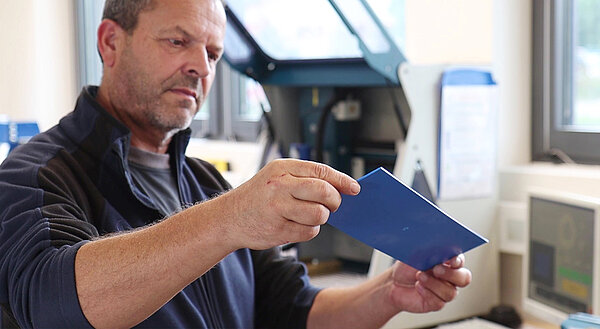
A little girl plays with toys on the carpet. (Photo: Krakenimages.com / Adobe Stock)
The five capital letters stand for Registration, Evaluation, Authorization and Restriction of Chemicals and form the short title of the European Chemicals Regulation. This REACH regulation has been in force since 2007 and, according to the Federal Environment Agency, is one of the strictest chemicals laws in the world. It is intended to ensure that only substances that do not adversely affect human health or the environment are used. To this end, manufacturers and importers are obliged to register their chemicals before placing them on the market and thus take responsibility for the chemicals used in their products.
All products are subject to specific substance bans (REACH, Annex XVII) and strict information requirements for so-called SVHC substances (Article 33 / Article 59) - substances of very high concern that can cause irreversible damage to human health or cause lasting damage to ecosystems. “The SVHC list now contains 242 entries for chemicals,” says Dr. Anke Krämer, Head of Chemical Analysis at OMPG. Triphenyl phosphate - a substance that is often used as a flame retardant in electrical components or as a plasticizer in the automotive industry and in the manufacture of rubber products - was most recently added to the list.
“Particularly in the toy sector, there are special requirements for the safety of materials if they are to be made from sustainable or recycled materials,” emphasizes Krämer. At the same time, the new EU Toy Safety Regulation, which is expected to come into force next year, will result in numerous innovations. “Let's talk about the upcoming changes today,” Krämer expressly offers all current and future customers of the Rudolstadt test laboratory. “With our broad expertise, we can advise you and confirm the conformity of your products and materials.”
OMPG operates in this field with accredited test procedures, but is also available for the development of individual test concepts and screening procedures. “Our chemical analysis team is also happy to provide support in the search for alternative and sustainable raw materials that meet the high quality standards in terms of freedom from harmful substances and legal conformity,” continues Dr. Krämer.
Anyone who would like to get in touch directly can contact Dr. Anke Krämer or her deputy Fatima Körfer by email at analytik@ompg.de. You can also meet both OMPG experts from Rudolstadt in person at the next International Toy Fair in Nuremberg (January 28 to February 1, 2025) in Hall 7 at Stand B-59. Or, of course, at the open house event on March 19, 2025 at their place of work in Rudolstadt, Thuringia.





![[Translate to English:] [Translate to English:]](/fileadmin/_processed_/b/b/csm_brandpruefungen-und-elektroanwendungen_7036bf8d6b.jpg)

![[Translate to English:] [Translate to English:]](/fileadmin/_processed_/8/a/csm_biologische-pruefungen_b330c70d45.jpg)


